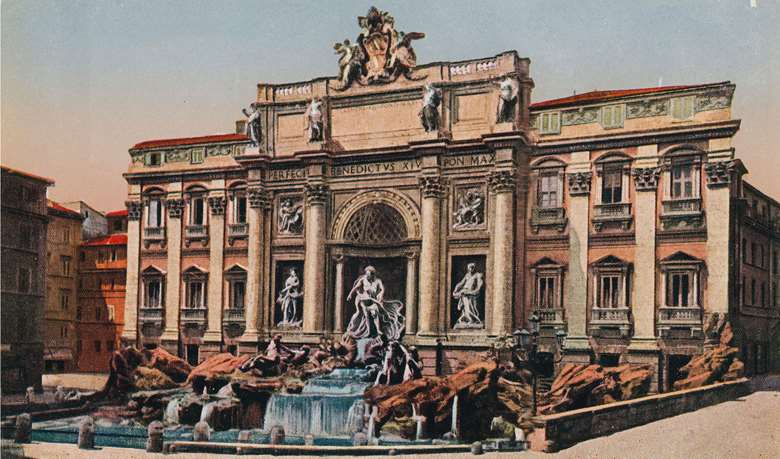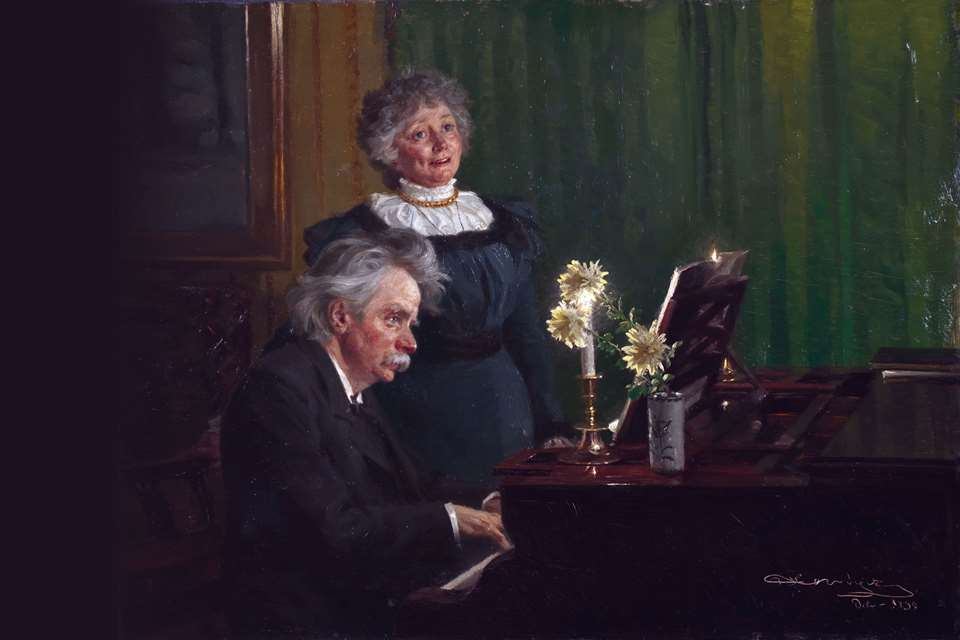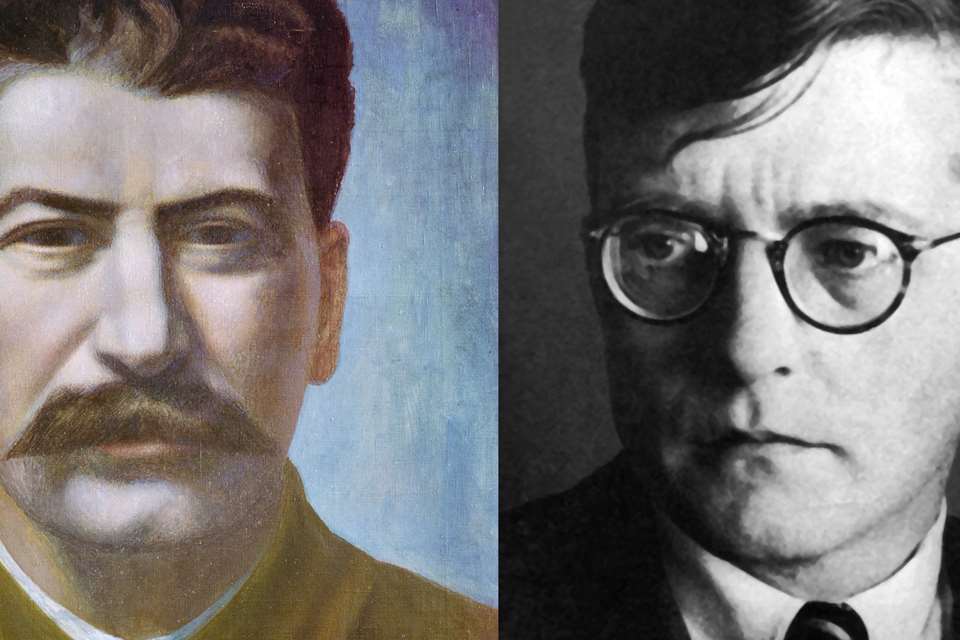Respighi’s Fountains and Pines of Rome: a deep dive into the greatest recordings
Mark Pullinger
Tuesday, March 22, 2022
The composer’s Eternal City depictions are as much showpieces for recording engineers as they are for orchestras, says Mark Pullinger

Register now to continue reading
Thanks for exploring the Gramophone website. Sign up for a free account today to enjoy the following benefits:
- Free access to 3 subscriber-only articles per month
- Unlimited access to our news, podcasts and awards pages
- Free weekly email newsletter











